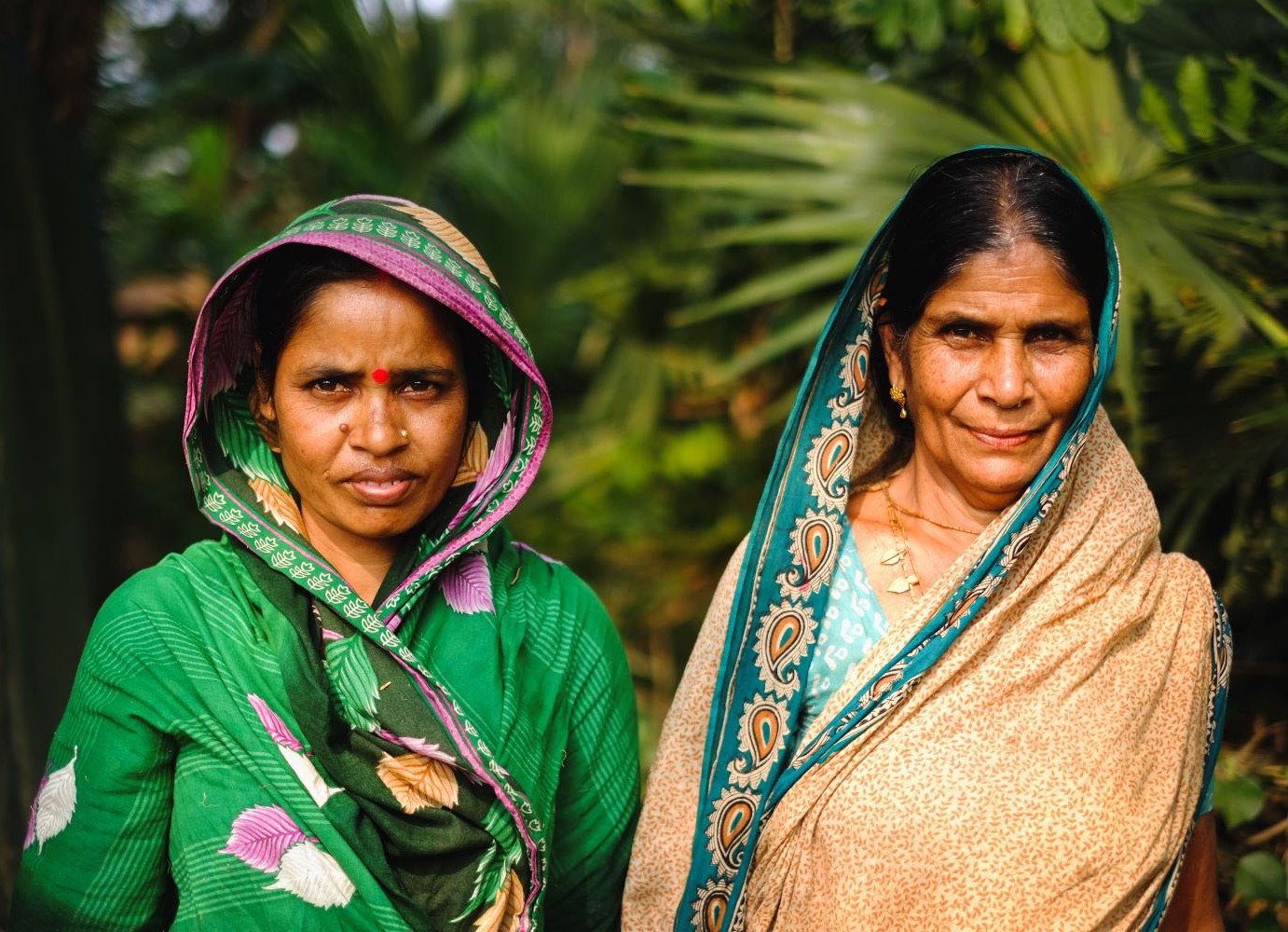Up to now, the High Level Panel on the Post-2015 Development Agenda (sadly still not widely AKA the HiPoPoDomAe) has done a pretty good job of displaying public collegiality. But in the lead-up to today’s Panel meetings in New York, that began to break down. A story in the Guardian suggested that drafts of the report have been described as “absolutely awful" and “a bit of a car crash.” One big reason for dismay, according to the Guardian: the report drafts don’t include nearly enough in the way of specific language on eradicating $1.25/day poverty, hunger and avoidable child mortality –all by 2030.
I’ve written before on this blog about the plausibility problem with zero goals –many of the proposed targets for 2030 would require historically unprecedented progress from those countries furthest away from zero today. If countries with high under-five mortality in 2010 halved mortality between 2010 and 2020, then did it again in the next decade, 28 of them would still miss the proposed zero goal for avoidable child deaths in 2030, for example. That’s a real issue for Africa –set up for failure by the first set of MDGs, it would be set up for failure once again by zero goals in the post-2015 period.
But there’s another way to view zero goals –as not ambitious enough. Take eradicating $1.25/day poverty. Clearly we won’t have done with development and declared the end to history when the poorest person on the planet lives on $1.26 a day. That’s just not enough to ensure a decent quality of life. It is only around one tenth of the US poverty line. And while a zero goal of 2% for under-five mortality would require stunning progress to achieve by 2030, it would still mean countries reaching that goal in 2030 would have a mortality rate about three times higher than the US does today.
In short, the proposed zero goals fall somewhere messily in between targets (which should be realistic) and ideals (which should be idealistic). Perhaps that’s no surprise. Given that 2030 appears to be a widely agreed end-point, the ‘zero’ goals all have to be shoe-horned to fit that time frame. So even if (perhaps) getting to 3% $1.25/day poverty by 2030 is plausible and (maybe) 2% under-five mortality might be considered an acceptable floor, $1.25 is too low an ambition for any income floor and 2030 is implausibly soon for every country to reach 2% under five mortality.
My colleague Lant Pritchett has suggested creating development ideals (the whole world over on $12.50 or more a day, as it might be). Perhaps these could be presented alongside 2030 targets (3% under $1.25 a day by 2030). That way, one goal doesn’t have to do the work of two very different concepts. But, for the time being, a crash looks like the best way to avoid the zero bandwagon rolling too far, too fast.
CGD blog posts reflect the views of the authors, drawing on prior research and experience in their areas of expertise.
CGD is a nonpartisan, independent organization and does not take institutional positions.





